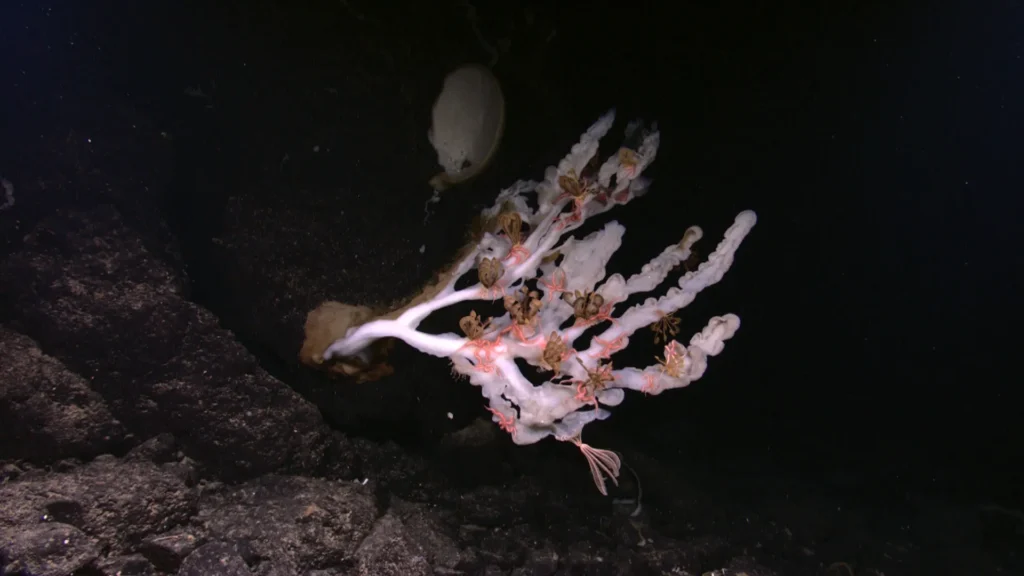
In a remarkable scientific discovery that could reshape our understanding of the biosphere, researchers have identified oxygen production in one of the most unlikely places—deep beneath the Pacific Ocean, in an area completely devoid of sunlight. This groundbreaking finding, initially unveiled in July, reveals that metallic rocks on the ocean’s seabed are capable of producing oxygen through a process similar to electrolysis, challenging the long-held belief that photosynthesis is the only natural method of oxygen creation.
Located in the Clarion-Clipperton Zone (CCZ), approximately 4,000 meters below the ocean surface, these potato-sized nodules are rich in essential metals such as manganese, copper, cobalt, and nickel. These elements are not only crucial for modern technology and green innovations but are now also part of a significant scientific inquiry into natural processes that could parallel the mysterious mechanisms of extraterrestrial environments.
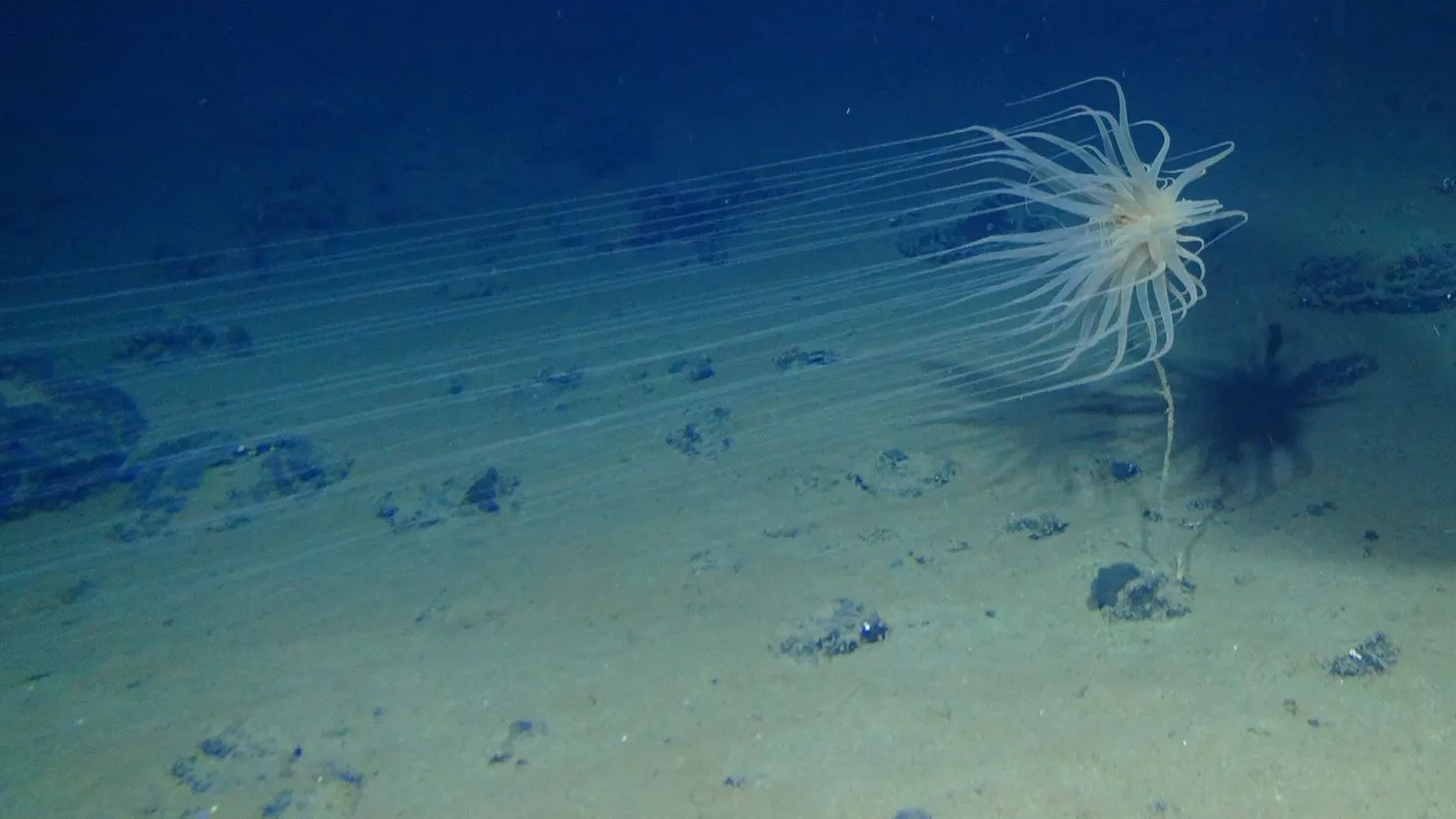
A Paradigm Shift in Marine Science and Beyond
Andrew Sweetman, a professor at the UK’s Scottish Association for Marine Science, leads the groundbreaking research project funded by The Nippon Foundation with a robust $2.7 million backing. The research aims to explore this phenomenon of ‘dark oxygen’ production, extending our scientific horizon to potentially understand life’s sustainability on other planets.
“Our discovery was a paradigm shift in our understanding of the deep sea and potentially life on Earth,” stated Sweetman. The research employs advanced technology, with custom-made rigs equipped with sensitive sensors to probe deep-sea environments up to 11,000 meters deep, focusing on whether this unique oxygen production can be observed in other parts of the CCZ.
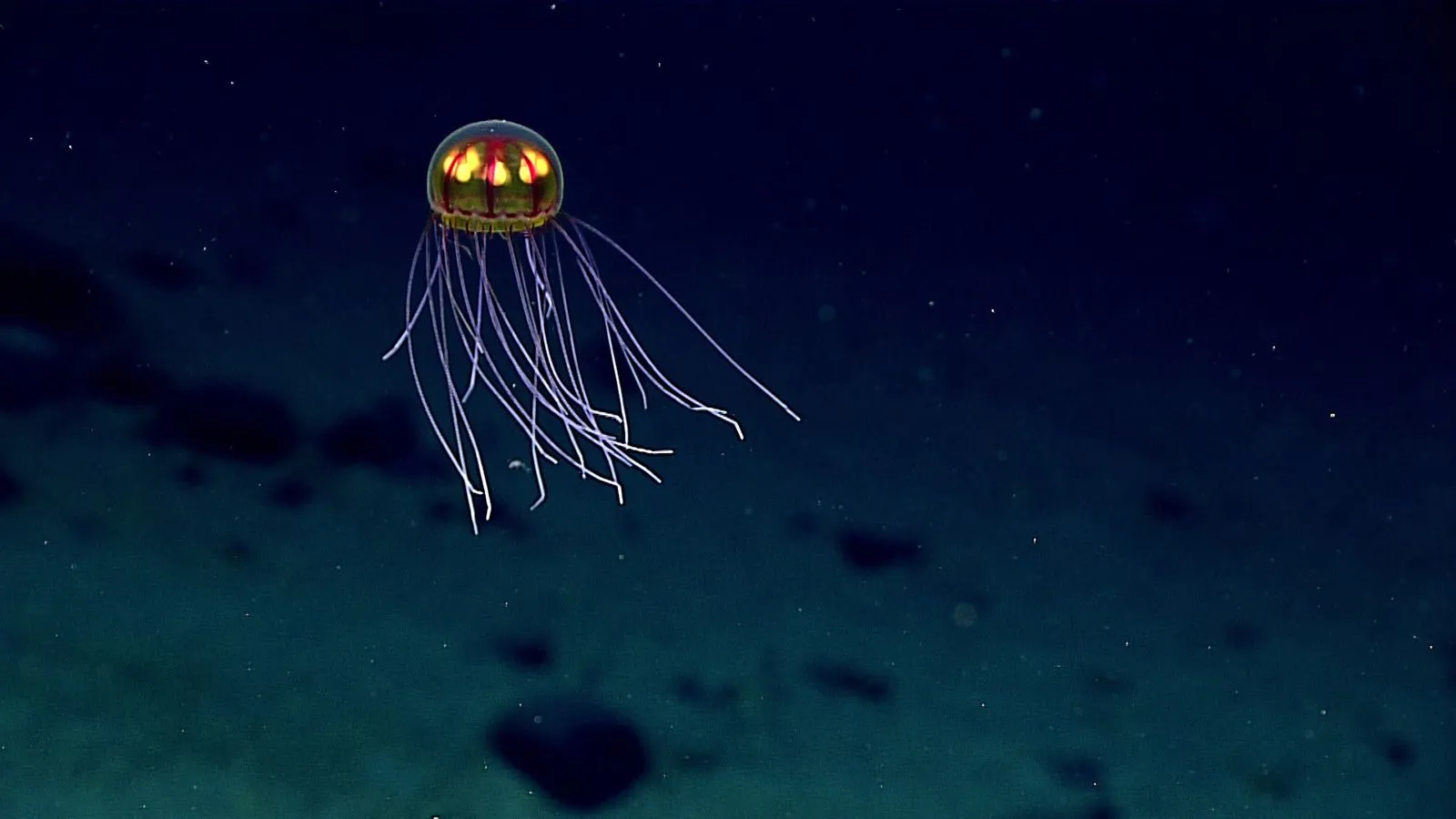
The Quest for Answers and the Implications for Extraterrestrial Life
The implications of these findings are profound, influencing not only marine science but also astrobiology. NASA has expressed interest in this research, considering its potential to inform the possibilities of life sustenance on other planets, particularly on the icy moons of Saturn and Jupiter, such as Enceladus and Europa. Understanding the mechanics of oxygen production in these extreme conditions could provide insights into how life might thrive in similarly harsh environments beyond Earth.
Furthermore, Emil Ruff, a microbiologist at the Marine Biological Laboratory in Woods Hole, Massachusetts, has reported similar unexpected oxygen production in remote freshwater samples beneath the Canadian prairie. “Nature keeps surprising us,” Ruff remarked, highlighting the remarkable adaptability of microbial life and the continual discovery of life’s resilience.
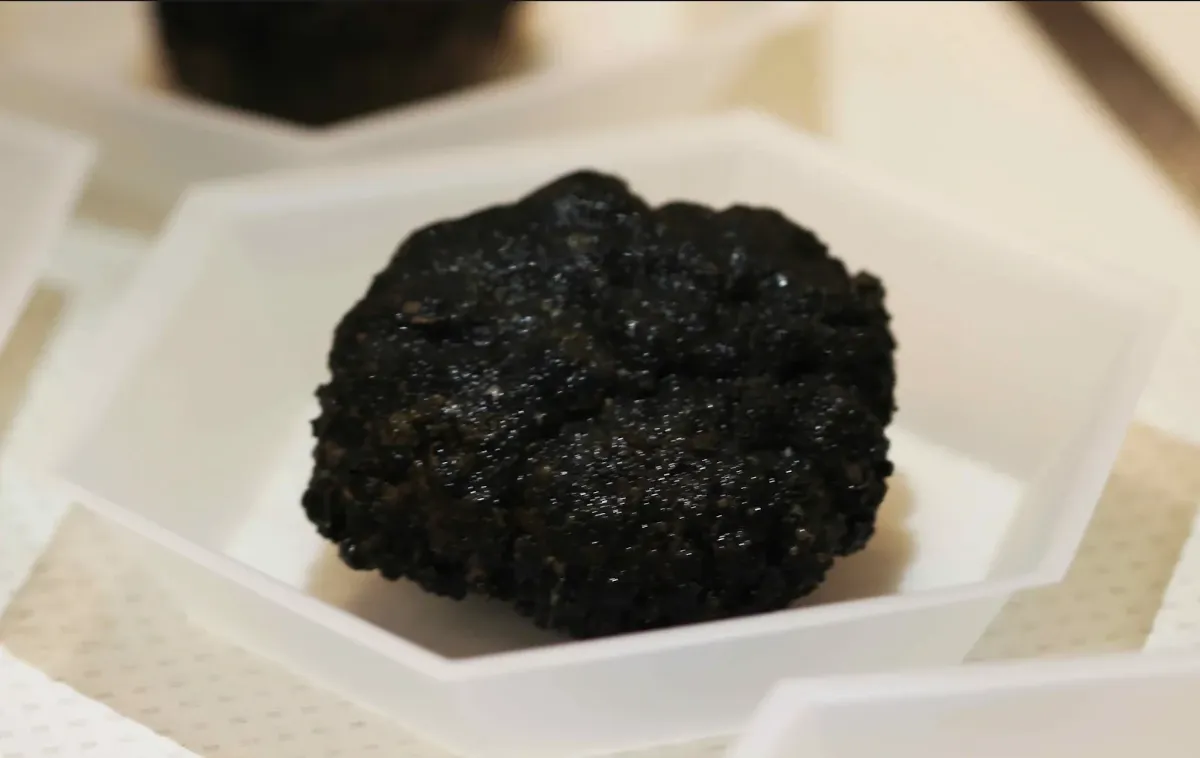
The Controversy Surrounding Deep-Sea Mining
While this research opens new scientific frontiers, it also casts a spotlight on the environmental implications of deep-sea mining. The extraction of valuable minerals from the ocean floor is a contentious issue, with critics arguing that it could cause irreversible damage to pristine marine ecosystems and disrupt carbon storage in the ocean, exacerbating the climate crisis. In response to these concerns, Sweetman advocates for a cautious approach to exploiting these resources. “It is prudent to hold off exploiting resources on the seabed until the ecosystem is better understood,” he advised.
As the scientific community continues to explore these phenomena, the debate over the balance between technological advancement and environmental preservation remains at the forefront of discussions. With ongoing research and peer-reviewed investigations, the scientific process unfolds, promising to unravel more mysteries of our planet and beyond.
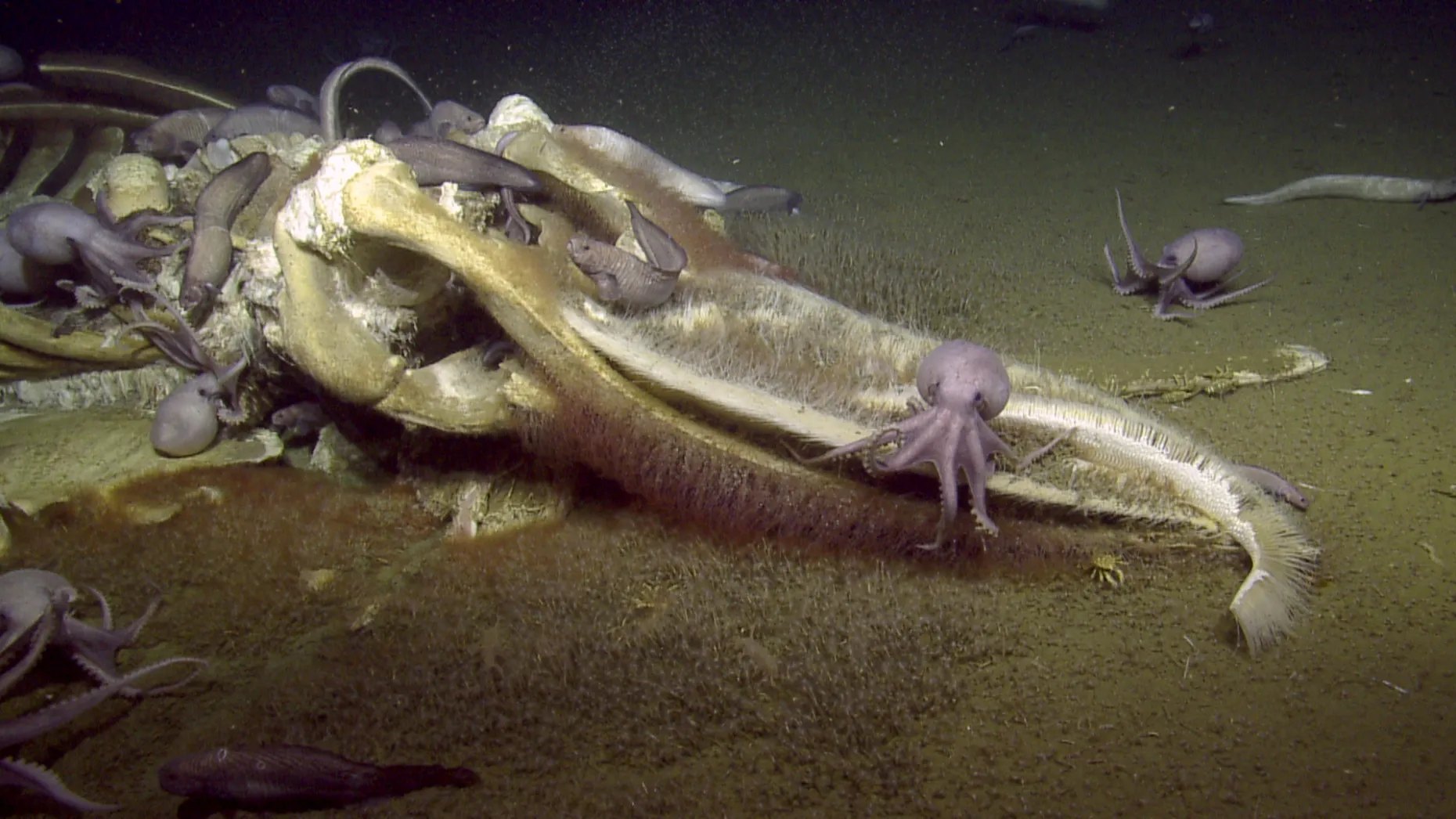
In conclusion, the discovery of dark oxygen not only challenges our understanding of where and how oxygen can be produced but also underscores the infinite complexities and surprises our natural world holds. As we delve deeper into the mysteries of the deep sea and its parallels in outer space, the potential to uncover answers about life’s persistence in extreme conditions continues to expand the frontiers of science and imagination.
